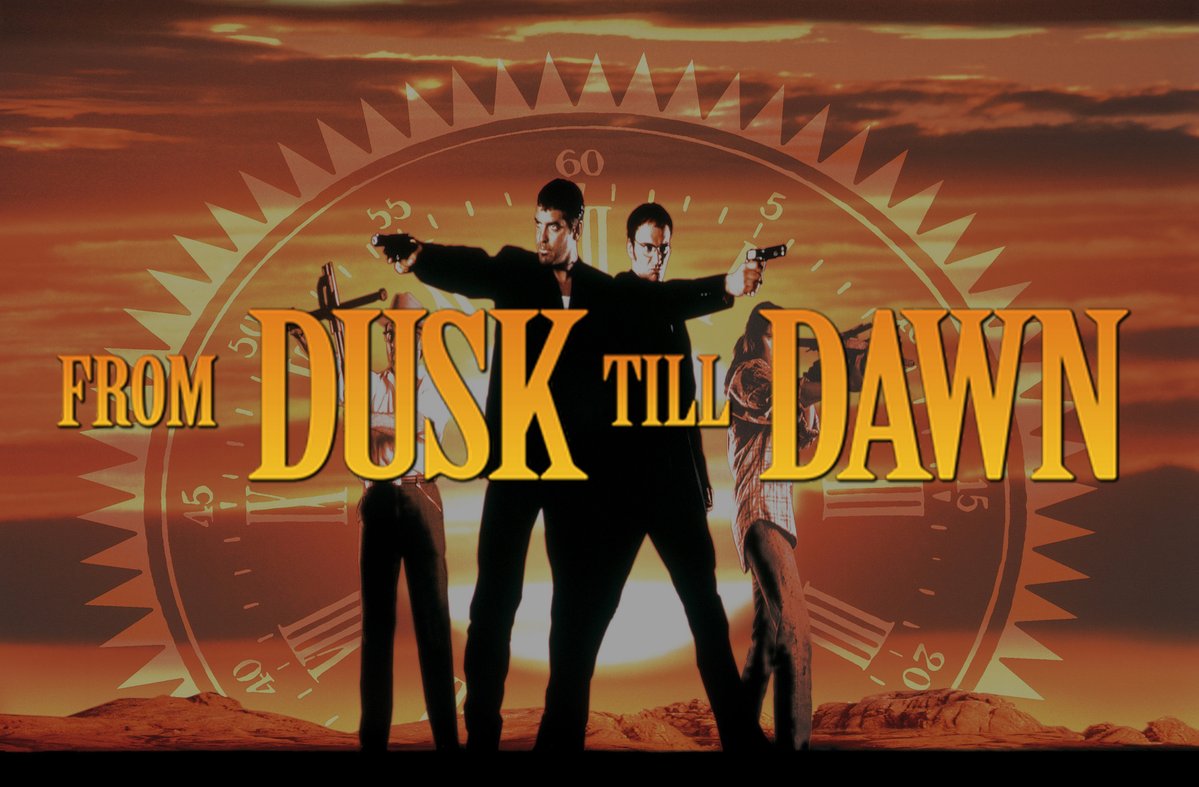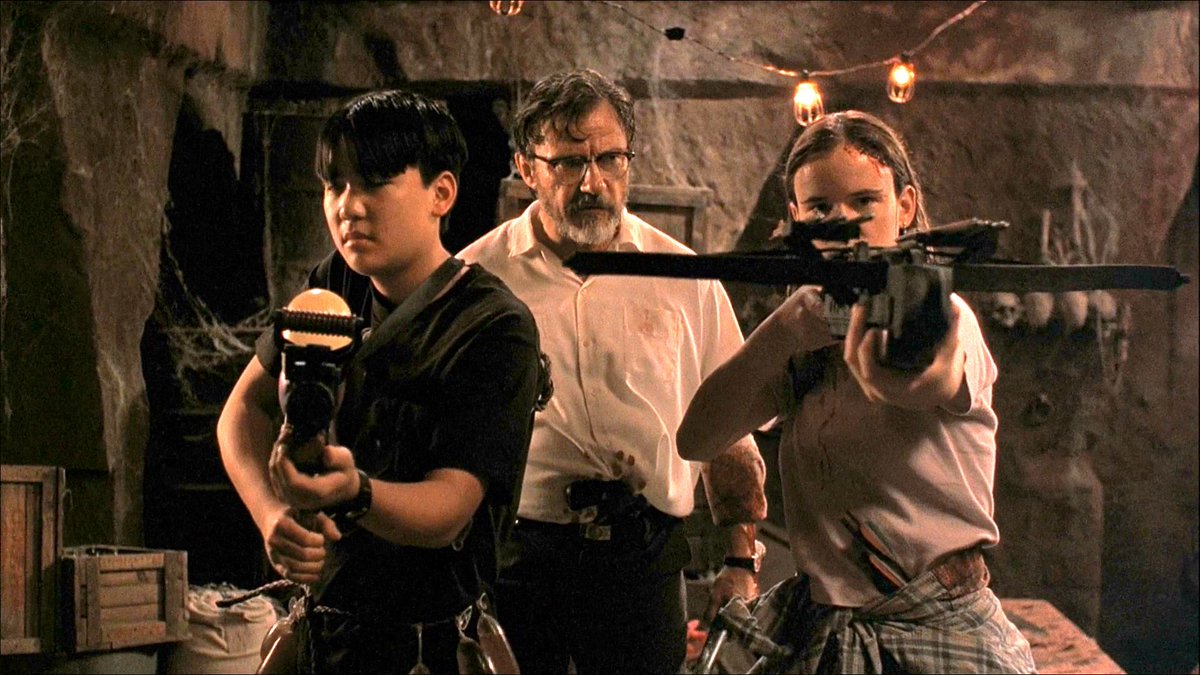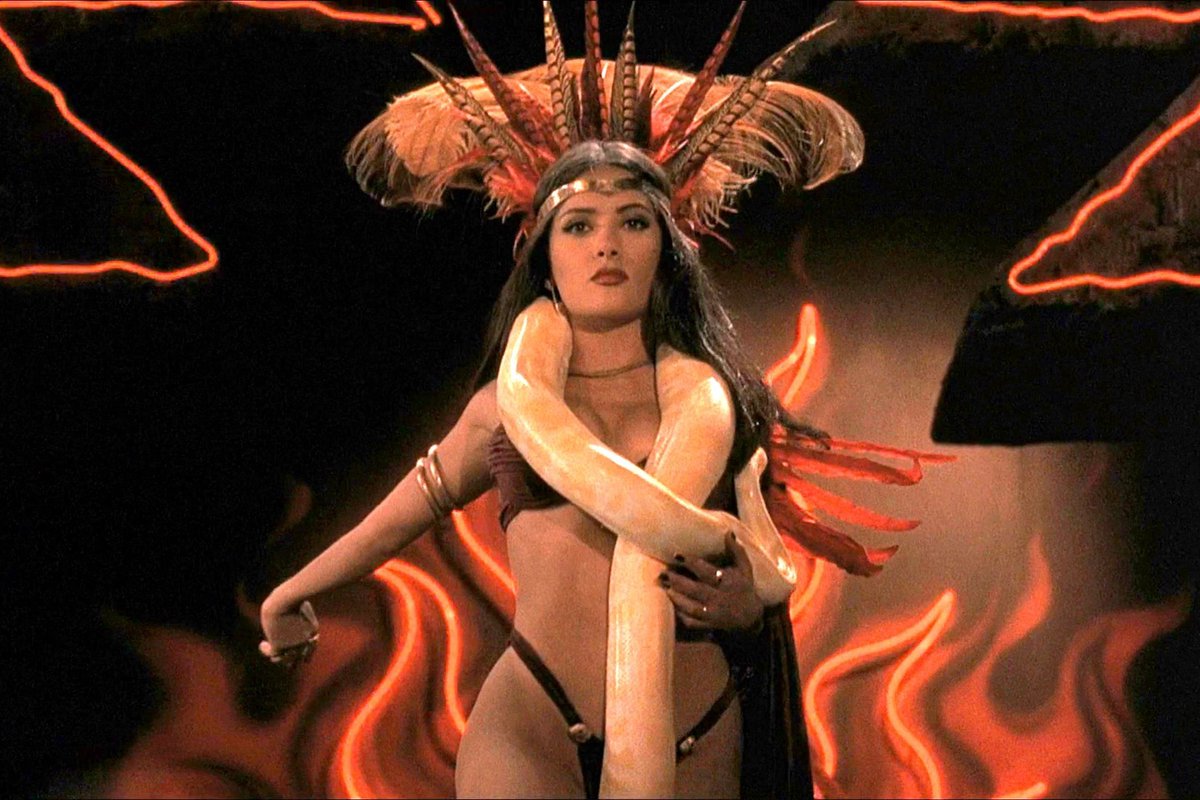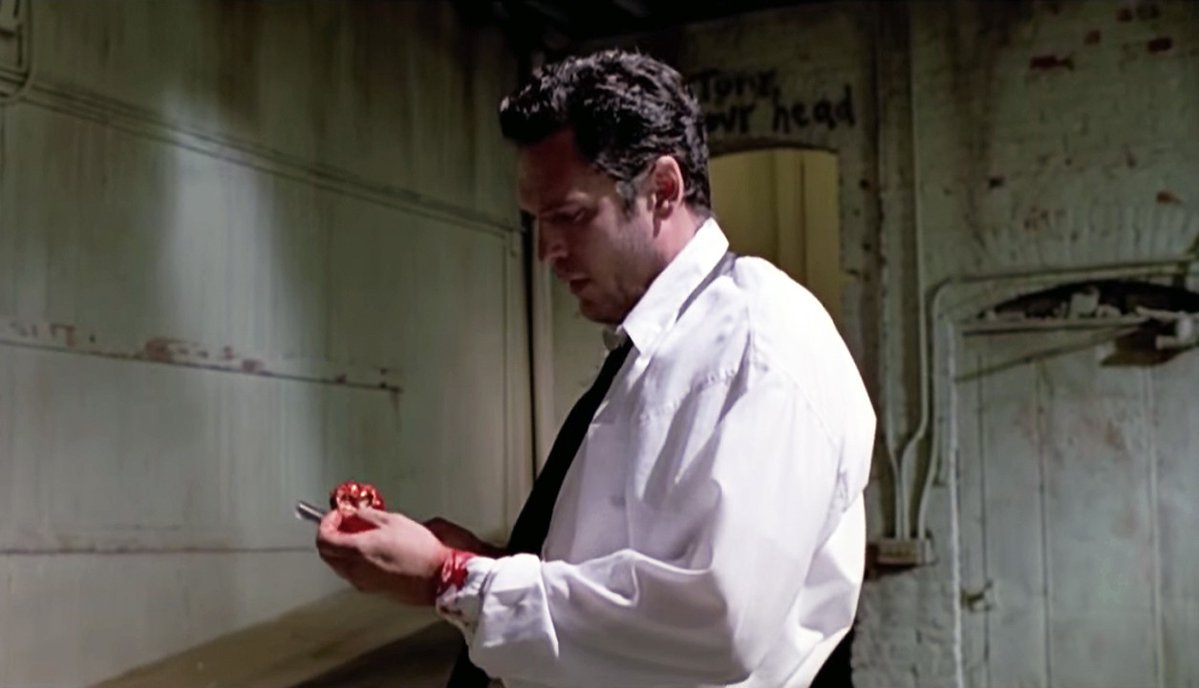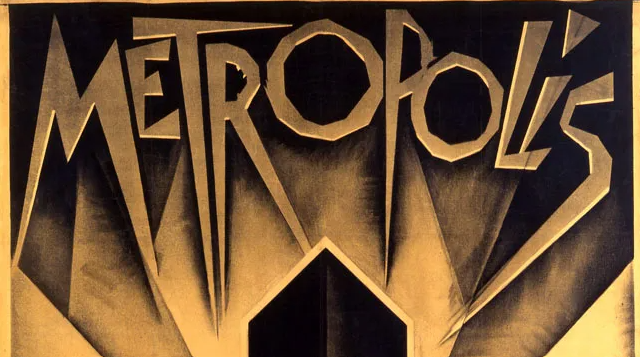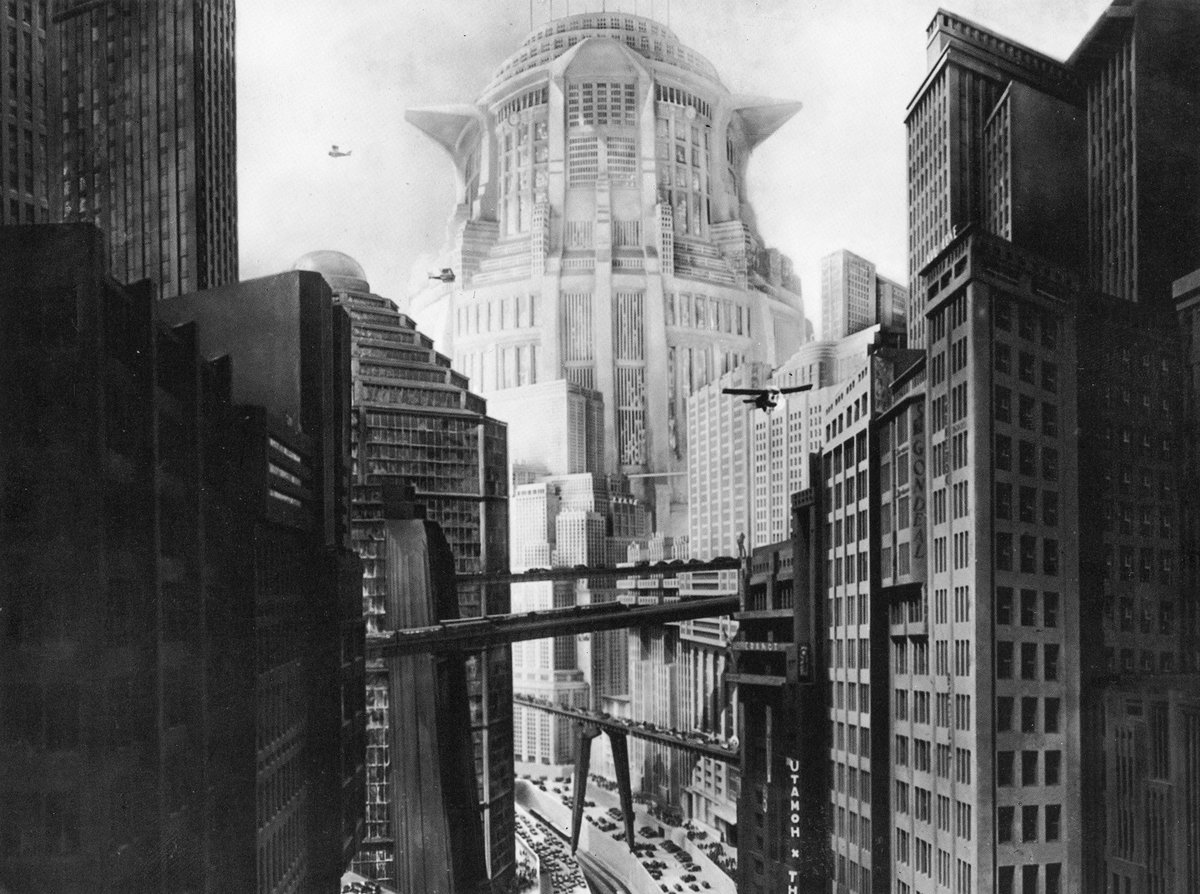BLADE RUNNER was released 41 years ago today. Acclaimed as one of the greatest science fiction movies ever made, the story behind the scenes is as huge as you’d expect from a Ridley Scott film…
A THREAD
1/40




A THREAD
1/40




Philip K. Dick’s science fiction novel Do Androids Dream of Electric Sheep? was published in 1968. It attracted immediate interest from filmmaker. Martin Scorsese wanted to adapt it for the big screen but never optioned it.
2/40



2/40



Producer Herb Jaffe did take out an option on it in 1972 and his son, Robert Jaffe, wrote a screenplay. Dick hated the script and said to Jaffe “Shall I beat you up here at the airport, or shall I beat you up back at my apartment?”
3/40


3/40


Screenwriter Hampton Fancher and producer Brian Kelly then secured the rights for the book. Dick liked this version a lot more. So did Michael Deeley and Warner Bros who bought the script.
4/40


4/40


The studio wanted Alien director Ridley Scott to make Blade Runner. However, he said no. At the time, Scott was lined up to direct Dune and was also prepping a big screen version of Tristan & Isolde.
5/40


5/40


Following Scott turning down the chance to direct, Michael Apted, Bruce Beresford, and Adrian Lyne also said no. The studio approached To Kill A Mockingbird director Robert Mulligan, and he said yes.
6/40




6/40




Mulligan and Fancher disagreed very strongly over the direction the movie should go in and, after 3 months, Mulligan left the project. By this point, Ridley Scott had left Dune due to lack of progress. The studio showed him Fancher’s script and Scott came on as director.
7/40



7/40



In casting lead character Rick Deckard, the first person Scott considered was Dustin Hoffman. According to Scott, Hoffman was keen but wanted to change the character too much. And Hoffman said “I’ve no idea why they asked me to play such a macho character.”
8/40


8/40


There were other big names up for the part too. Jack Nicholson, Paul Newman and Al Pacino were considered. Martin Sheen was offered the role and turned it down because he was so exhausted from filming Apocalypse Now.
9/40




9/40




At this time, Harrison Ford was a huge star after appearing in two Star Wars films and Raiders of the Lost Ark. He wanted a role with more dramatic depth so spoke with Scott and when Scott offered him the part of Deckard, he accepted.
10/40


10/40


After seeing him in Soldier of Orange, Ridley Scott wanted Rutger Hauer as antagonist Roy Batty. They met and Hauer turned up in green sunglasses, pink satin pants and a tight white sweater. Production Executive Katherine Haber said “[Ridley] literally turned white.”
11/40


11/40


Deckard’s love interest is replicant Rachael. Barbara Hershey, Nina Axelrod and Grace Jones were all considered. When Scott saw Sean Young’s audition he always wanted her as Rachael.
12/40




12/40




Scott said Young had a “Vivien Leigh-like quality” and the look of Rachael – her hair and make-up – was based on Hollywood legend Joan Crawford, star of classics like Whatever Happened to Baby Jane?
13/40



13/40



In the scene below, Deckard Pushes Rachael. Sean Young said her look of pain was real because Harrison Ford hurt her. It happened more than once but she said Ford made it okay because whenever it happened, he would moon her for laughs.
14/40
14/40
Casting Pris was more difficult. Stacey Nelkin auditioned but was given a different role that was ultimately cut from the film. Debbie Harry turned the part down. Finally, Scott turned to young relatively unknown actress Daryl Hannah to play the part.
15/40




15/40




Zhora is the first replicant Deckard hunts down. The snake she has around her neck is Cassidy’s real pet python called Darling.
16/40
16/40
The film was never going to be called Do Androids Dream of Electric Sheep. When Scott came on board, it had the title Dangerous Days. Scott changed that, strangely, to Gotham City. Another working title was Android.
17/40




17/40




There was a 1974 novel by Alan Nourse called The Bladerunner about smuggling medical equipment. Ridley Scott knew it was perfect for his film. He bought the rights to the title, but not the book.
18/40


18/40


Scott planned for months but turned up to find the set had been built upside down. Production designer Lawrence G. Paull said “The trouble with sci fi is you’re building things that don’t exist.” Scott said “It’s got a door on the ceiling. Did that not give it away?”
19/40



19/40



Filming took place in L.A. and due to American Union rules, Scott was unable to operate the camera himself. He found this very frustrating as it meant he was unable to film some scenes himself personally, like he had done at times on Alien.
20/40


20/40


After 2 weeks of shooting, Scott decided he didn’t like the lighting on what had been filmed so they re-shot everything, putting production behind schedule by weeks. This created conflict with DP Jordan Cronenweth as his crew had to work 14 hour days to get back on track.
21/40


21/40


The work Scott and Cronenweth did together was exceptional, though. As showcased in our SnapShot compilation…
22/40
22/40
During production, Scott did an interview with where he said he preferred British crews because: “When I ask for something, they say ‘yes guvnor’ and do it’. Not the case with American crews.’” This did not go down well with the American team Scott was working with.
23/40




23/40




Make-up supervisor Marvin G. Westmore had t-shirts made for the crew which had on the front “Yes guvnor my ass” and on the back “Will Rogers never met Ridley Scott.” (Will Rogers was a movie star in the 1930s famous for saying, “I never met a man I didn’t like.”).
24/40


24/40


One of the big questions and talking points from the film is whether or not Deckard is a replicant. Harrison Ford has said Deckard isn’t a replicant, and Ridley Scott has said he is. There are some hints in the film…
25/40


25/40


At various points replicants are seen with a red glow in their eyes. The only “human” character who is seen with a red glow in their eyes is Deckard.
26/40




26/40




Gaff makes 3 origami creatures through the film: a chicken, a man, and a unicorn. He leaves the unicorn at Deckard’s apartment. Earlier, Deckard has a dream about a unicorn. How would Gaff know this, unless Deckard’s dreams have been implanted – i.e. he’s a replicant?
27/40
27/40
The film opens with the Voight-Kampff test, but originally it started where we see Deckard in the countryside. A man in a protection suit approaches. Deckard shoots him and it’s revealed the man was a replicant. This was then adapted for Blade Runner 2049.
28/40
28/40
One of the most brutal scenes is when Roy kills his creator, Eldon Tyrell. In the shooting script, Roy killed Tyrell and realised Tyrell is a replicant. He finds the real Tyrell dead in cryogenic stasis. Scott changed it because “Every character was a bloody replicant.”
29/40
29/40
Scott and DP Jordan Cronenweth introduced a recurring theme of sight and eyes:
- The film opens with a close up of an eye
- The replicant eyes glow red
- The replicants visit Hannibal Chew’s Eye World for information
- Roy kills Tyrell by sticking his thumbs in his eyes
30/40


- The film opens with a close up of an eye
- The replicant eyes glow red
- The replicants visit Hannibal Chew’s Eye World for information
- Roy kills Tyrell by sticking his thumbs in his eyes
30/40


After he came on board as director, Scott wanted changes to the script that Hampton Fancher didn’t agree with. As a result, Fancher left the project and Scott brought in David Webb Peoples to rewrite certain elements.
31/40
31/40

There are differences to the novel:
- Dick makes it clear that Deckard is human. He takes the Voight-Kampff test and passes it
- The book is set after World War Terminus which has led to mutants called Chicken heads
- There’s a religion called the Mercers who are psychic
32/40




- Dick makes it clear that Deckard is human. He takes the Voight-Kampff test and passes it
- The book is set after World War Terminus which has led to mutants called Chicken heads
- There’s a religion called the Mercers who are psychic
32/40




In the book, the replicants aren’t called replicants, they’re called androids, or ‘andies.’ David Webb Peoples’ daughter, Risa, was studying microbiology and taught him about cloning and replication. Peoples adapted that to ‘replicant’ and used it in the script.
33/40


33/40


The first person Scott approached to compose the music was Pete Townshend – best known as guitarist in The Who. Townshend had a terrible experience writing the music to rock opera Tommy so turned Scott down. Scott then turned to Vangelis.
34/40



34/40



To get the red-glowing eye effect, Jordan Cronenweth used a technique invented by Fritz Lang in Metropolis called The Schufftan process: Light is bounced into the subjects eyes off mirrored glass at a 45-degree angle. The result is the camera picks up a red glow effect.
35/40




35/40




The writing of the ‘Tears in Rain’ speech came from a few places. The film’s screenwriter, David Webb Peoples conceived of the speech, and a version of it was in his draft of the script, below…
36/40


36/40


Rutger Hauer called it ‘opera talk. So changed it the night before shooting. He turned up on set and delivered the monologue as we know it now and, when he finished, the crew applauded. Some even cried.
37/40
37/40
The theatrical cut of the film had a different ending to The Final Cut (the one Scott says is definitive). The original ending sees Deckard and Rachael fleeing into the country with some accompanying voiceover from Deckard.
38/40
38/40
Blade Runner was a major box office flop when it was released. On a budget of $30m it grossed just $41.5m. In the decades since though, the film has grown in stature to be revered today as a landmark science fiction movie, and a Hollywood masterpiece.
39/40




39/40




To finish, Deckard’s first kill as he hunts down replicant assassin Zhora…
40/40
40/40
If you liked this thread, please RT the opening tweet...
https://twitter.com/ATRightMovies/status/1672898335861010436?s=20
Our latest podcast is on RETURN OF THE JEDI. Full of huge laughs and opinions, please check it out 😀
alltherightmovies.com/podcast/return…
alltherightmovies.com/podcast/return…
• • •
Missing some Tweet in this thread? You can try to
force a refresh


